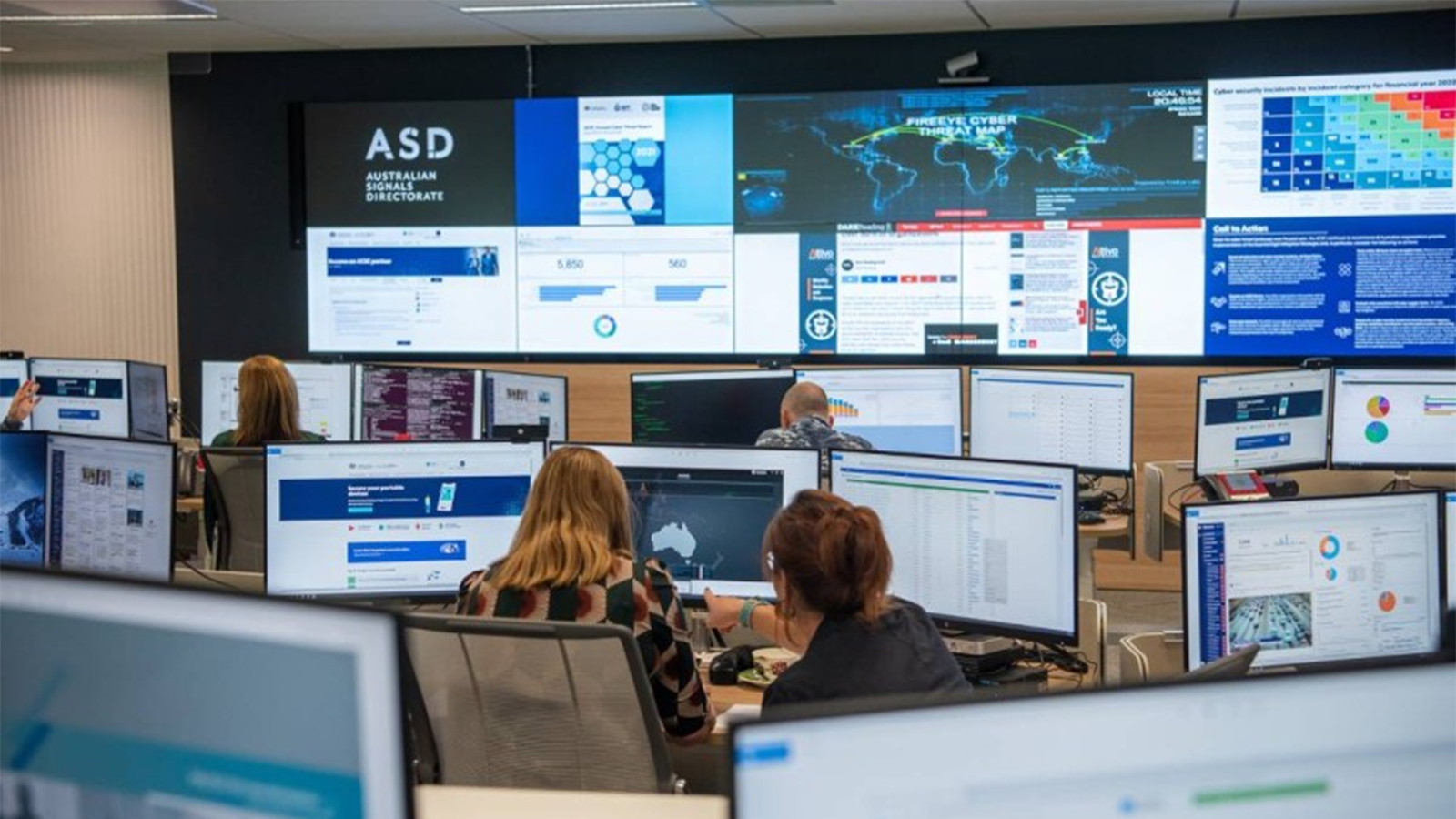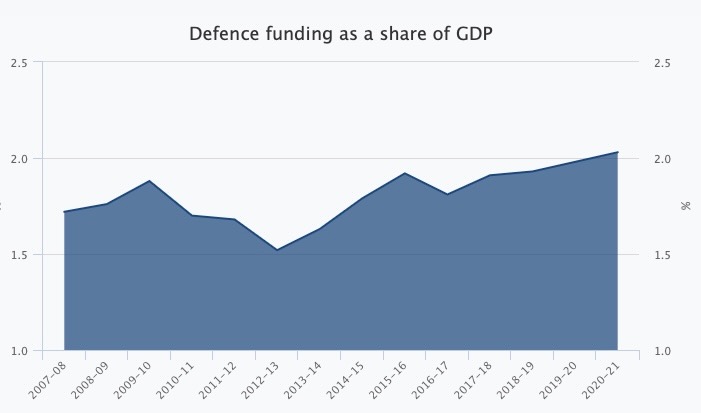
A view the Australian Signals Directorate. (Credit: ASD)
SYDNEY: Most of what was new in Australia’s latest defense budget had been revealed by Defense Minister Peter Dutton and his boss, Prime Minister Scott Morrison, over the past two months, but they saved one of the biggest surprises for tonight’s budget speech: $9.9 billion AUD ($7.41 USD) in new cyber spending for the Australian Signals Directorate.
Dubbed Project REDSPACE for Resilience, Effects, Defence, Space, Intelligence, Cyber, and Enablers, the Australian government said it’s the “largest ever investment” in the capabilities of the ASD, the Aussie version of the National Security Agency.
“REDSPICE will substantially increase ASD’s offensive cyber capabilities, its ability to detect and respond to cyber-attacks, and introduce new intelligence capabilities. It will also create over 1,900 new jobs, almost doubling the ASD’s size,” the prime minister said in a statement.
(America’s NSA, by comparison, is a sprawling signals and cyber intelligence outfit with a reported 21,000 or so civilian employees.)
REDSPICE – Resilience, Effects, Defence, Space, Intelligence, Cyber & Enablers – the largest EVER investment in #ASD. Tripling offensive cyber capabilities, doubling detection and responsiveness to cyber threats & delivering new intelligence. Find out more:https://t.co/0DPKxtcF3L pic.twitter.com/hDMa67MdXN
— Australian Signals Directorate (@ASDGovAu) March 29, 2022
The first injection will be $680 million AUD for this next year, according to the Portfolio Budget Statement accompanying the budget.

Australian Government chart on defense spending. The Labor Party governed Australia from 2007 to 2009.
Why is Australia taking this bold step?
“This investment in ASD recognises the deteriorating strategic circumstances in our region, characterised by rapid military expansion, growing coercive behaviour and increased cyber-attacks. It acknowledges the nature of conflict has changed, with cyber-attacks now commonly preceding other forms of military intervention – most recently demonstrated by offensive cyber activity against Ukraine,” the statement says. “REDSPICE ensures Australia keeps pace with the rapid growth of cyber capabilities of potential adversaries. It provides new intelligence capabilities, new cyber defences to protect our most critical systems, and is a real increase in the potency of ASD’s ability to strike back in cyberspace.”
Defense spending and Australia’s strategic stance in the Pacific have been front and center during the shadow election campaign. An election must be called by May 21. In the last few days various outlets have reported that May 14 is the favored date.

This Australian government map shows where budget additions will have most impact. Credit Australian Prime Minister’s Office
To get some idea of just how political this defense budget is with the election just ahead, one only needs to comb through Dutton’s budget press release (a joint release with Melissa Price, minister for defence industry): “The Morrison Government will create more than 1,600 Australian jobs by investing $875 million in 234 Defence projects across the country as part of its plan to continue to strengthen the nation’s sovereign defence capability.”
It includes this list:
79 projects in NSW worth $298 million;
41 in Queensland worth $166 million;
34 in the Northern Territory worth $112 million;
29 in Victoria worth $122 million;
28 in South Australia worth $106 million;
23 in Western Australia worth $71 million
Bear in mind that this budget may well be moot after the election’s results come in, though the tradition of bipartisanship on national security issues persists — most of the time.






















